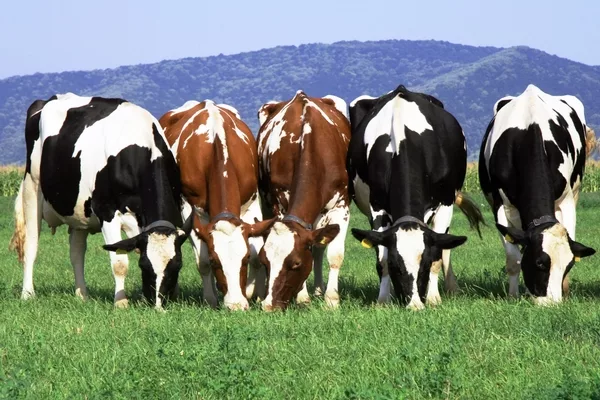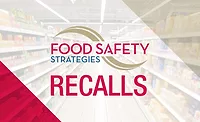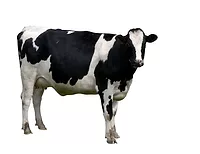FDA: Nearby Cattle Grazing Land Likely to Blame for Late 2019 Romaine Lettuce Outbreaks

Findings from a recent U.S. Food and Drug Administration (FDA) investigation point to close proximity to cattle as the most likely contributing factor to three romaine lettuce Escherichia coli O157:H7 outbreaks that occurred in late 2019.
FDA, along with the U.S. Centers for Disease Control and Prevention (CDC), and various state health officials were able to determine that the contaminated lettuce was grown in the Salinas Valley, CA, growing region. The three outbreaks—two multistate and one single-state—resulted in 188 illnesses.
The investigation, conducted at several farms, related businesses, and public access areas, resulted in the following key findings:
- Each of these three outbreaks, identified in the report as Outbreaks A, B, and C was caused by distinctly different strains of E. coli O157:H7 as determined by whole genome sequencing (WGS) analysis;
- Traceback investigations of multiple illness sub-clusters and supply chain information identified a common grower with multiple ranches/fields which supplied romaine lettuce during the timeframe of interest to multiple business entities associated with all three outbreaks.
- The same strain of E. coli O157:H7 that caused Outbreak A was found in two different brands of fresh-cut salads containing romaine lettuce in 2019;
- This same outbreak strain of E. coli O157:H7 in Outbreak A was detected in a fecal—soil composite sample taken from a cattle grate on public land less than 2 miles upslope from a produce farm with multiple fields tied to the outbreaks by the traceback investigations;
- Other strains of Shiga toxin-producing E.coli (STEC), while not linked to any of the outbreaks, were found in closer proximity to where romaine lettuce crops were grown, including two samples from a border area of a farm immediately next to cattle grazing land in the hills above leafy greens fields and two samples from on-farm water drainage basins.
FDA believes that adjacent or nearby cattle grazing land was the most likely contributing factor associated with all three outbreaks. However, no definitive source or route(s) of contamination of the romaine lettuce fields have been confirmed. Possible routes, says FDA, could have included:
- indirect transmission of fecal material from adjacent and nearby lands from water run-off, wind, animals or vehicles to the romaine fields, or to the agricultural water sources used to grow the romaine, as possible routes of contamination.
FDA’s findings do hone in on the proximity of cattle being the potential contributing factor in not only these three outbreaks, but earlier leafy greens outbreaks. FDA calls proximity to cattle a persistent source of E. coli O157:H7 and other STEC to the produce fields identified in traceback investigations. The agency says these key findings reinforce concerns about the possible impacts of nearby and adjacent land use on the safety of leafy green crops and further underscore the importance of implementing appropriate risk-based preventive measures to reduce the potential for contamination of leafy greens.
See FDA’s 18-page Executive Summary of the investigation at FDA.gov.
Looking for quick answers on food safety topics?
Try Ask FSM, our new smart AI search tool.
Ask FSM →








